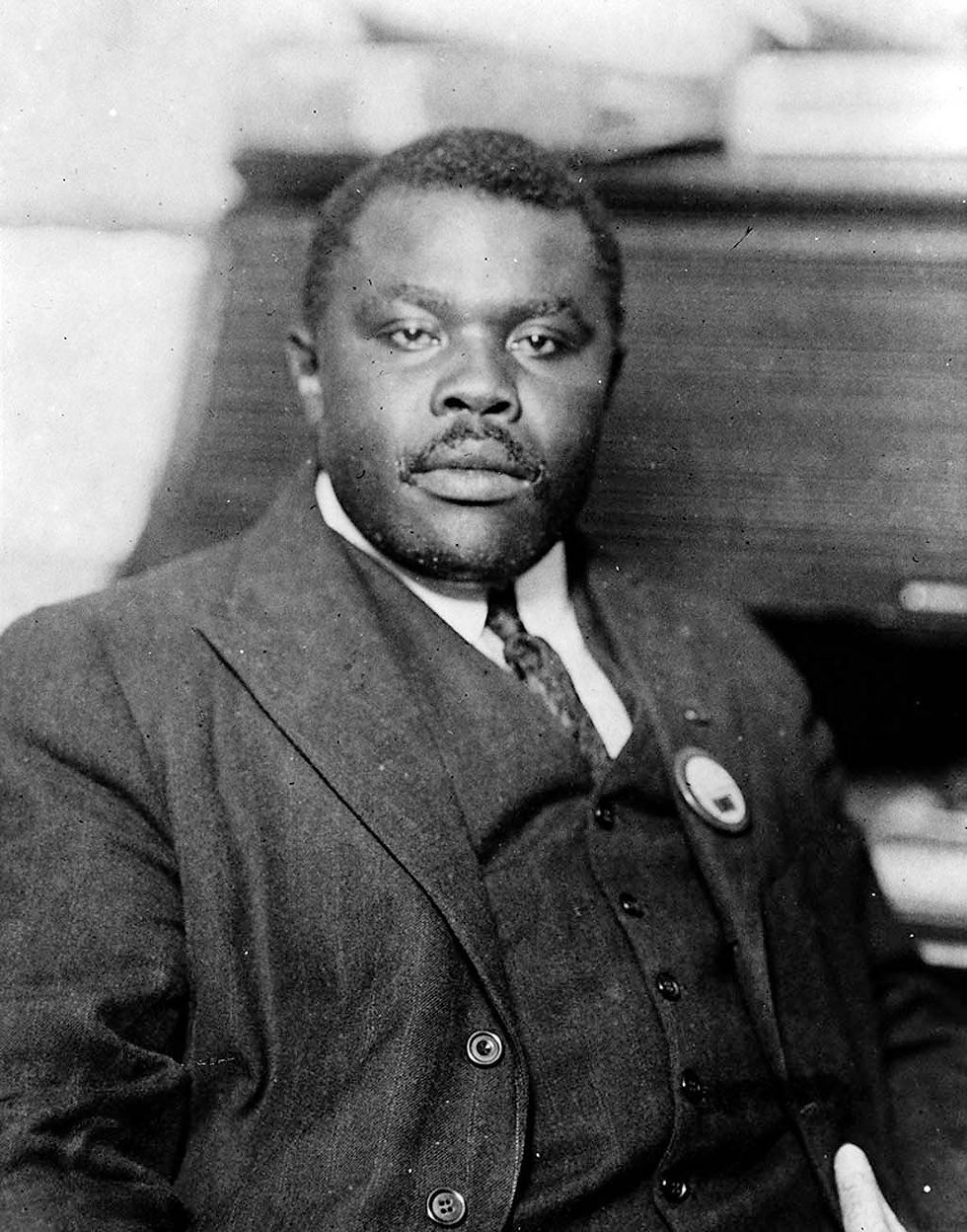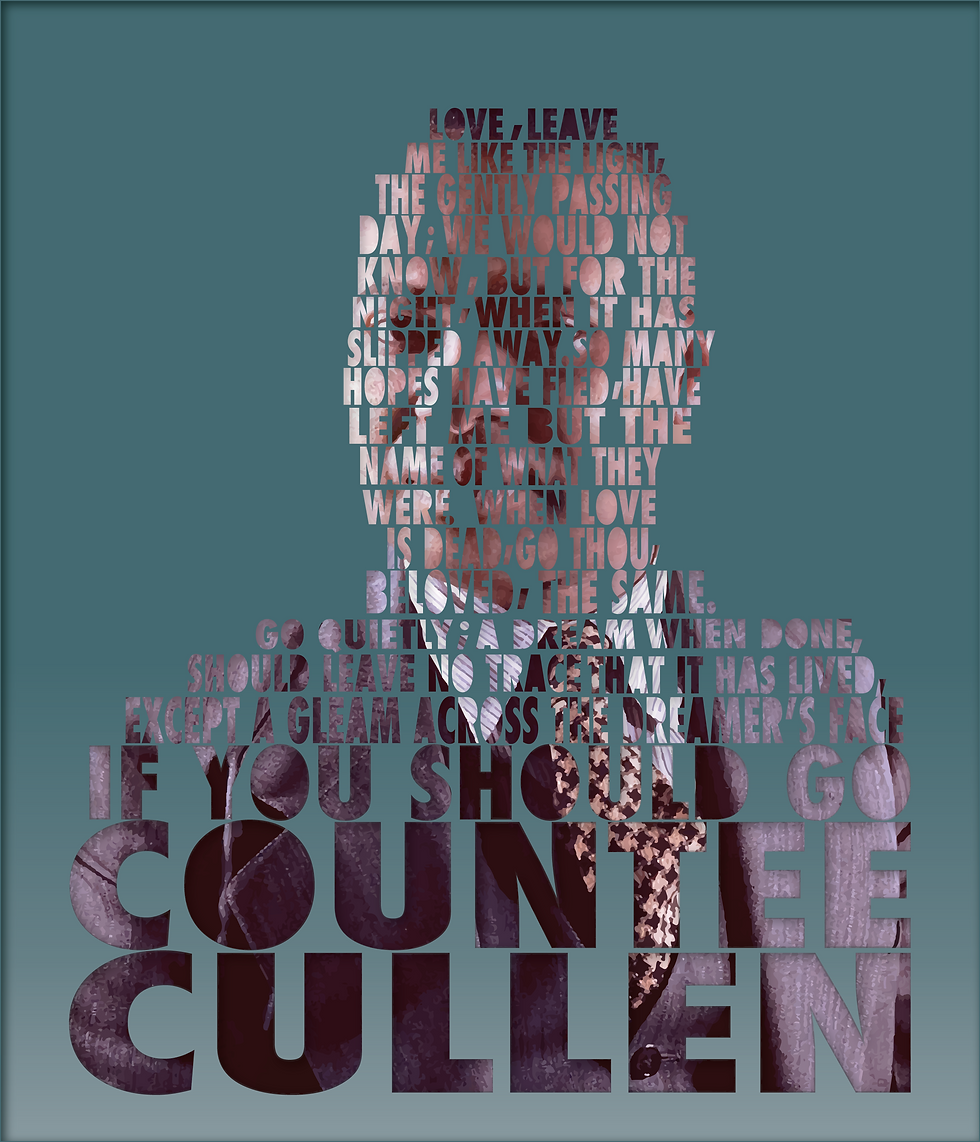Countee Cullen is best known as the voice of the Harlem Renaissance (1910-1930). This was the development of the Black Culture in Harlem, a neighbourhood in New York. Like other renaissances, this encompasses all forms of knowledge - Music,, Economics, Science.
Here is a list of some of the icons involved and their area's of expertise:

Josephine Baker
Entertainer,
French Resistance agent,
Civil rights activist

Marcus Garvey
Jamaican Activist

Louis Armstrong
Trumpeter
Zora Neale Hurston
Anthropologist

Langston Hughes
Poet

Paul Robeson
Singer

Aaron Douglas
Painter
Now, back to Countee Cullen...

Cullen moved to Harlem at 16, he moved into Reverend Frederick A. Cullen home after his grandmother died. Reverend Frederick A. Cullen was the pastor of the largest congregation in Harlem. Cullen grew up in the heart of Harlem, being educated by the ideas and dreams of those around him, this impacted his work for the rest of his life.
He studied at New York University and then at Harvard. His first volume of poetry was entitled "Color", he believed that the arts where able to transcend race and be used as a way to reduce the difference between Black and Whites. Cullen was determined that poetry should not be about race but simultaneously would try to support black artists and write protest poetry. Although he advocated that racial poetry was detrimental to the "colour blindness" he craved he also experienced the racial injustice rampant in America. Although he publicly shared these ideals, much of his verse was a racial protest, his first collection was not unintentionally called "Color". In spite of himself, a large portion of his work is a discussion of race although he kept to a traditional form. Cullen was a forceful protest poet, using his traditional style to showcase that Black Americans could write classical poetry, as well as anyone- in a way he was beating the white intellectual elites at their own game.
Later in his life he focused on translations of classic text such as Medea and the quantity of his verse writing reduced. This was partly becouse his ethos that poetry should be used as a bridge between races was tested greatly by the end of the 1920s, with racial prejudice rife all across America. There was also continued and growing criticism that his style had not developed. He moved into writing other forms and published one novel. He later moved into teaching, and published his translation Meda and became a successful dramatist.

Cullen is, by many, considered to be the most representative voices of the Harlem Renaissance. However, the intense internal conflict of the work he wanted to create and the discrimination he experienced feel deeply relatable and continues to be a core issue for artists to this day.
The questions that his work and life provoke are eternal- how much do you seek approval and how much do you make your own way? Is your art or the body that you where born into more important? And in the end, how do we even measure the success or impact of an artist?
We can look and learn from Cullens experience and the diverse range of work he outputted is a testament to an evolving artist who never turned away from the big questions of identity and race that he faced throughout his life.



Comments